Fact Check: How to Spot Misinformation vs. Disinformation vs. Mal-information on Social Media
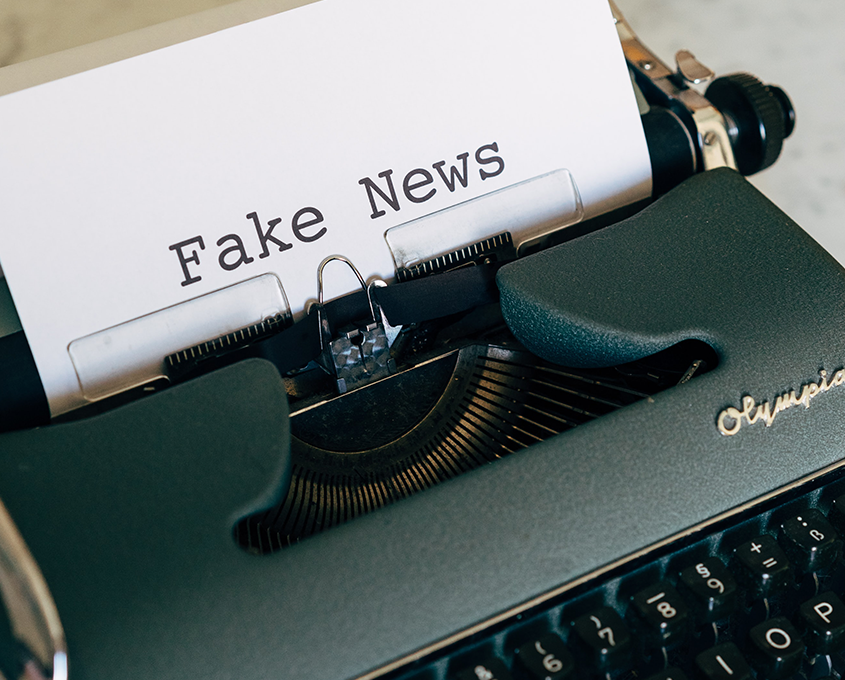
When was the last time you saw a message instructing you to make sure that you place your phone far away from your head before sleeping due to a foreseen dangerous radioactive or meteorological disturbance; a warning that the government will shower some type of chemical that will eliminate the virus in your area at a specific time in the evening; an image of a popular personality with a quote on the side that appears heavily photoshopped but gains a lot of trust in the comments; or a very long post about the Philippine history that ends with the overused “ctto”.
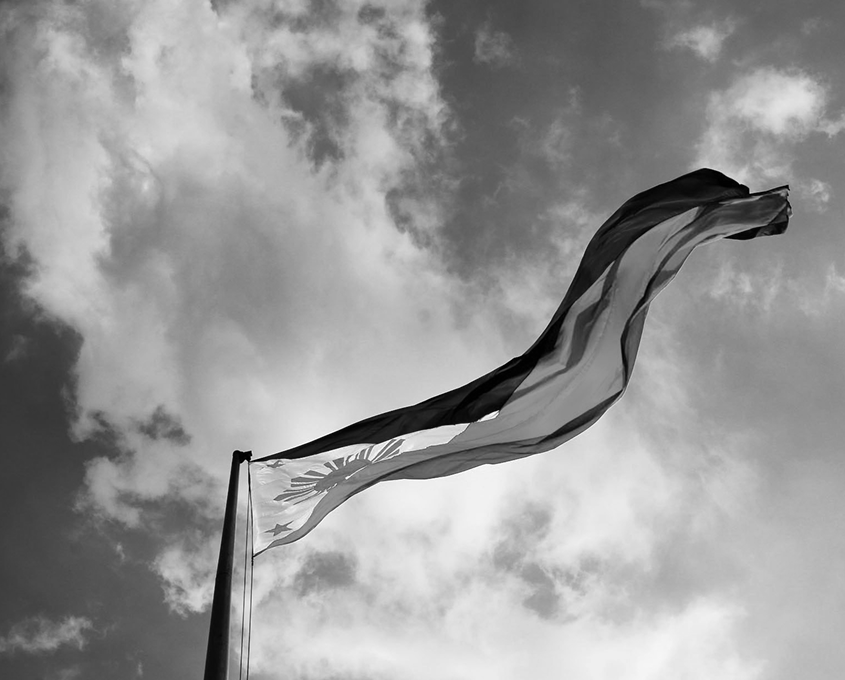
Fake news is nothing new in the Philippines, and we are barraged with it. Social media has been lauded for all of its alleged benefits, such as linking us with distant families, providing entertainment, and helping us to meet new people. However, recent studies show how it continues to enable the spread of fake news, which, as we all know, leads to a slew of issues that impact us on both a societal and personal level, such as when someone refuses to get vaccinated merely because vaccines will allegedly install a microchip in your body.

We usually define fake news as false information published on purpose by account users who aim to fool their audience, although this is not always the case. Also, the term “fake news” is not perfect, and it is rather problematic.
According to scholars, there are three ways in which “fake news” is usually used by the public when engaging in discourses, and their meanings are distinct from one another. “Fake news” can imply a “genre of disinformation online”, or can be used “by critical political actors as a label to delegitimize news media”, or can be utilized to label a piece of information as negative or false (Egelhofer, et al., 2020, as cited in Rubin, 2021).
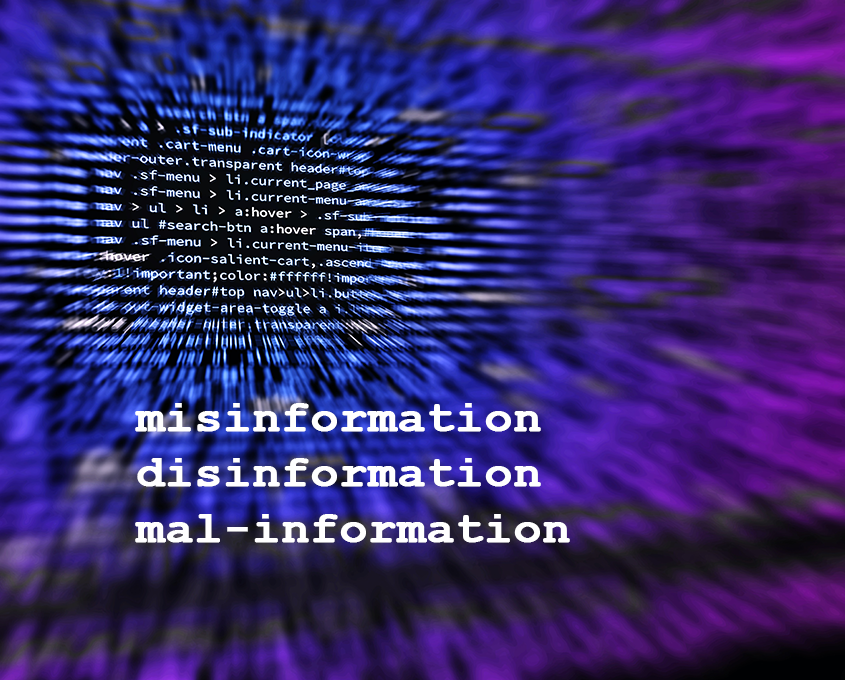
Because the term “fake news” has a fluid definition and usage, it is more accurate to use the terms “misinformation,” “disinformation,” and “mal-information” to describe information or news that is unethically disseminated or utterly negative.
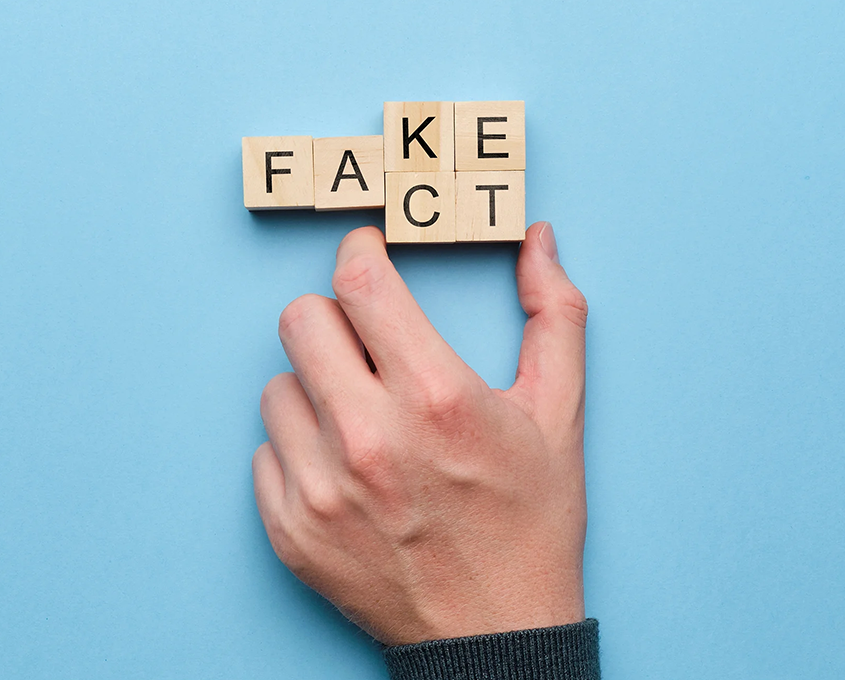
Here are the definitions of the said terms according to Media Defence (2021):
- Disinformation is information that is false, and the person who is disseminating it knows it is false. “It is a deliberate, intentional lie, and points to people being actively disinformed by malicious actors”.
- Misinformation is information that is false, but the person who is disseminating it believes that it is true.
- Mal-information is information that is based on reality but is used to inflict harm on a person, organization, or country.
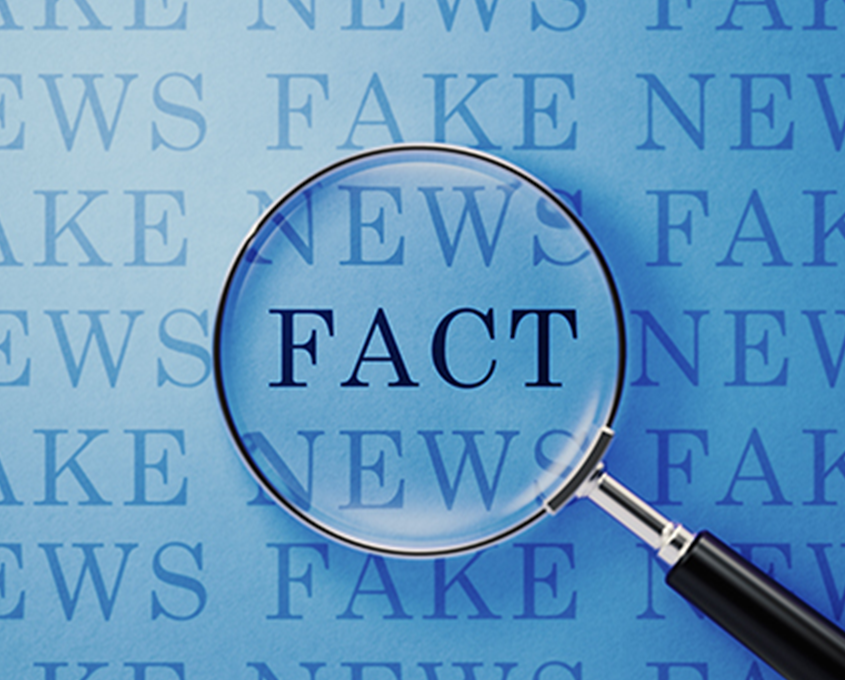
It is critical to spot disinformation, misinformation, and mal-information because we cannot make decent decisions or create sound opinions if our perspective is tainted by lies and malice. Here is how to spot “fake news” according to the International Federation of Library Associations and Institutions:
Consider the source
Click away from the story to learn more about the website, including its stated mission and contact information. For a picture, try a reverse image search to find out where it was originally used, and whether it has been altered.
Read beyond
Beware of outrageous headlines, statements in ALL CAPS, and sensational images designed to get clicks. Read the full story and then investigate further.
Check the author
Do a quick search on the author to find out if they are credible (or even a real person). What is the person’s background? What qualifications do they have, and how are they related to the topic they are writing about?
Supporting sources?
Check to make sure the links support the story — and are credible.

Check the date
Is this an old story?
Is it a joke?
If the image looks unbelievable or the news sounds too outrageous, it may be satire. Research the site and the author to check.
Check your biases
Consider whether your own beliefs might affect your judgment.
Ask the experts
Ask a librarian, or visit a fact-checking site.
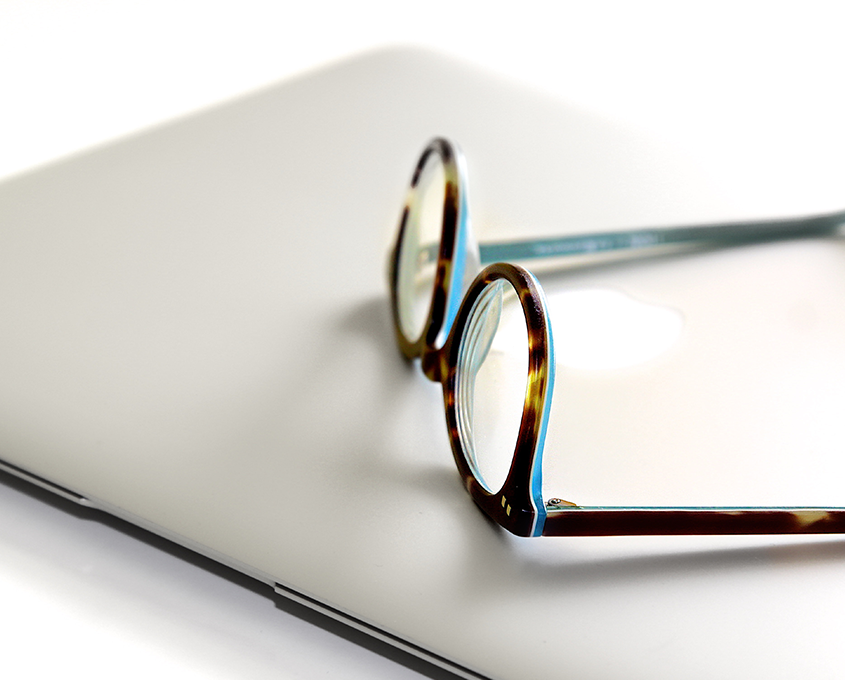
Fact-checking can take a long time, and not everyone has the time or resources to do so, not to mention our own vulnerabilities, such as our lack of opportunity to sharpen our critical-thinking skills. However, for those of us who have easy access to accurate information and are privileged enough to have been well-educated, it is our responsibility to know what is correct and rectify what is incorrect.
References:
Media Defence. (2021, January 12). Misinformation, Disinformation and Mal-Information. eReader. https://www.mediadefence.org/ereader/publications/introductory-modules-on-digital-rights-and-freedom-of-expression-online/module-8-false-news-misinformation-and-propaganda/misinformation-disinformation-and-mal-information/
Rubin, T. (2021, December 16). You Say Fake News, I Say Misinformation: What’s in a Term. Infobase. https://www.infobase.com/blog/you-say-fake-news-i-say-misinformation-whats-in-a-term/
Simon Fraser University. (2022, May 6). How to spot fake news: Identifying propaganda, satire, and false information | SFU Library. https://www.lib.sfu.ca/help/research-assistance/fake-news